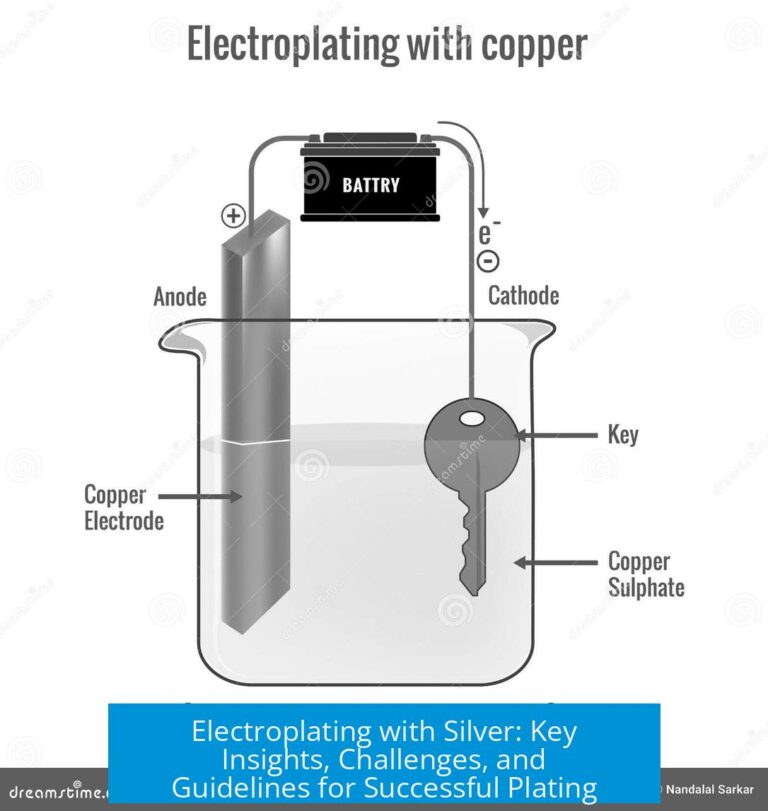Understanding the Cloning Method
Cloning requires immediate collection and proper preservation of biological material to ensure genetic integrity suitable for the process. Enzymes rapidly degrade proteins and DNA after death, causing damage that complicates cloning attempts. Collecting samples without delay at a veterinary facility is essential.
Sample Collection and Preservation
Cells begin breaking down soon after death. Enzymes degrade genetic material, and cellular decay fragments DNA. Collecting tissue or blood immediately preserves viable cells for cloning. Delays reduce cloning success substantially.
Storage Conditions for Cloning Samples
Long-term storage demands freezing samples in liquid nitrogen at about −200°C. This ultra-low temperature halts biological processes and prevents genetic decay.
- Liquid nitrogen storage is costly and generally inaccessible to most pet owners.
- Refrigeration or standard freezing methods are insufficient for preserving cloning viability over months or years.
DNA Preservation and Sequencing
Preserving isolated DNA is an alternative to storing whole cells. DNA must be collected immediately post-mortem to minimize degradation. It can then be amplified and sequenced to create a digital genetic archive.
This approach simplifies storage since DNA is easier to preserve than live tissue. Sequencing captures the entire genetic code, enabling future analysis or potential cloning advancements.
Limitations of Cloning from DNA Sequence Alone
Complete DNA sequences do not guarantee successful cloning outcomes. Epigenetic factors—chemical modifications affecting gene expression—play critical roles in an organism’s traits.
Since sequencing does not record epigenetic information, cloning from sequence data alone cannot fully recreate the original phenotype.
Alternative Molecular Memory Without Cloning
Random Amplified Polymorphic DNA (RAPD) analysis provides a unique DNA fragment pattern for an organism. It serves as a molecular “fingerprint” to remember a pet’s genetic identity.
However, RAPD profiles do not store enough information for cloning. They offer a cost-effective and elegant method for genetic remembrance but cannot replace tissue or DNA preservation for cloning purposes.
Key Takeaways
- Immediate sample collection is vital to prevent enzymatic DNA damage.
- Long-term storage requires liquid nitrogen at −200°C.
- DNA preservation and sequencing provide a digital genetic archive.
- Epigenetic factors limit cloning viability from DNA sequences alone.
- RAPD profiles create unique DNA “fingerprints” but do not support cloning.
How soon must a biological sample be collected for cloning after an animal’s death?
The sample should be collected immediately after death. Enzymes and cellular processes quickly degrade genetic material, making cloning difficult if delayed.
What is the proper way to store samples meant for cloning long-term?
Samples must be stored in liquid nitrogen at around −200°C. This preserves the material but is costly and requires special equipment.
Can cloning be done using only the DNA sequence of an organism?
No. DNA sequence alone is not enough because epigenetic factors also influence the organism’s traits and are not captured by sequencing.
Is preserving DNA easier than preserving tissue samples for cloning?
Yes. DNA can be preserved and multiplied more easily than whole tissues. However, preservation must happen immediately to prevent damage.
Can RAPD DNA profiles be used for cloning a pet?
No. RAPD creates unique DNA fragment patterns for identification, not for cloning. It’s a way to remember a pet’s genetic uniqueness but not recreate it.





Leave a Comment